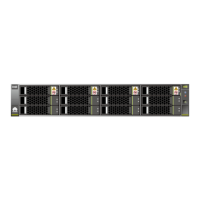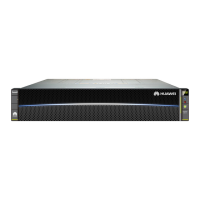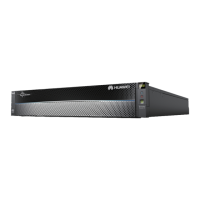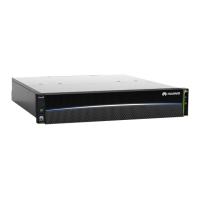9.15 Will Synchronization Be Interrupted When Long Latency Occurs on the Links to the
Two Ends of Synchronous Remote Replication
9.16 Why the Secondary LUN Is not Displayed When the Remote Replication Pair Is Created
9.1 What Are the Differences Between Synchronous
Remote Replication and Asynchronous Remote
Replication
Question
What are the differences between synchronous remote replication and asynchronous remote
replication?
Answer
Both synchronous remote replication and asynchronous remote replication can be used to
back up data remotely, implementing disaster recovery for a storage system. However,
synchronous remote replication and asynchronous remote replication are implemented in
different modes and applicable to different service scenarios.
l Implementation mode
– Synchronous remote replication: When data is being written to the primary LUN, a
write request is also sent to the secondary LUN. After both primary LUN and
secondary LUN return a write success response, the storage system returns a write
success response to the host. This ensures real-time data synchronization between
the primary LUN and the secondary LUN.
– Asynchronous remote replication: When writing data to the primary LUN, the
primary site records the changed data. After the primary LUN returns a write
success response, the primary site returns a write success response to the host.
Then, data synchronization is performed manually or automatically based on user-
defined trigger conditions to ensure data consistency between the primary LUN and
the secondary LUN.
l Application scenario
– Synchronous remote replication requires high bandwidth and low latency.
Therefore, synchronous remote replication typically applies to disaster recovery
scenarios where the primary device and the secondary device are adjacent to each
other, for example, data backup and disaster recovery within the same city.
– Asynchronous remote replication does not require high bandwidth and low latency.
Therefore, asynchronous remote replication applies to disaster recovery scenarios
where the primary device and the secondary device are far from each other or
network bandwidth is limited.
OceanStor V3 Series
Remote Replication Feature Guide for Block
9 FAQs
Issue 06 (2018-01-30) Huawei Proprietary and Confidential
Copyright © Huawei Technologies Co., Ltd.
157

